The task of 3D scanning to make anatomy models is a process that can take multiple tries to get right, but it’s now being used to help City College biology students with online learning.
Biology 430 and 431 classes are benefiting from the 3D scans of physical anatomical models made by City College student Indigo Perez, who is also an employee at MakerSpace. Makerspace is a collaborative workspace located at City College and has an array of equipment for the creative mind.
“[The biology department] wanted to find a way for students to still experience these models for learning, but online,” said Perez. “We decided to 3D scan them and post them on a website, so students can view them.”
The physical models of an arm, brain, inner ear and more were typically passed around in biology classes before campus closed, but Perez’s 3D scans could bring those models into students’ homes during these semesters of distant learning.
Perez (who uses they/them pronouns) scans the models onto their computer, then uses programs to clean and combine the pictures of the scans. Perez then touches up and colorizes the pictures while bringing back details lost in the scanning process.
Chris Sullivan, who launched the project, has been a biology professor at City College for three years. He became interested in 3D model scans even before the college shifted to distance learning in March.
“It’s a pretty big struggle, as you can imagine, but I think we’re doing pretty good,” Sullivan said, adding that distant learning is not an ideal environment when it comes to teaching biology.
To help with that process, Perez has made 3D scans of an arm, the inverse of an arm, the brain, inner ear, kidney, pancreas and spleen for Biology 430 and 431. The scans feature the inner workings of human anatomy and employ an array of colors to differentiate bone from blood vessels and more.
“In the Makerspace, one of the machines that is available for use is a 3D scanner. I borrowed that 3D scanner during [lockdown], and I was able to use that to scan these plastic body parts,” said Perez.
While scanning the physical anatomical models typically used in class, the image of the body part slowly loads onto a computer to which the scanner is connected.
“The scanner itself has a ring of five flashing LEDs and cameras on it, and it’s the size of an iron, the kind you iron your clothes with,” said Perez . “You hold that and walk around the [physical] model, while pointing [the scanner] at the model. You have to move really, really steadily. The model slowly appears on your computer screen.”
It takes one to two scans each model, but, according to Perez, it can take as many as 10 scans depending on the complexity of the model.
The scanner does struggle to capture certain colors or texture, Perez said. But those challenges have helped them better understand the 3D scanner.
“It isn’t so much where you run into problems, but where the scanner runs into problems,” Perez said. “Like if you tried to scan a person, their hair, if it’s not blonde, it doesn’t scan. It doesn’t register dark colors. When you look at [a person’s] eyes, the pupil in the eyes is always messed up because it’s black. So it has trouble registering certain textures or certain colors.”
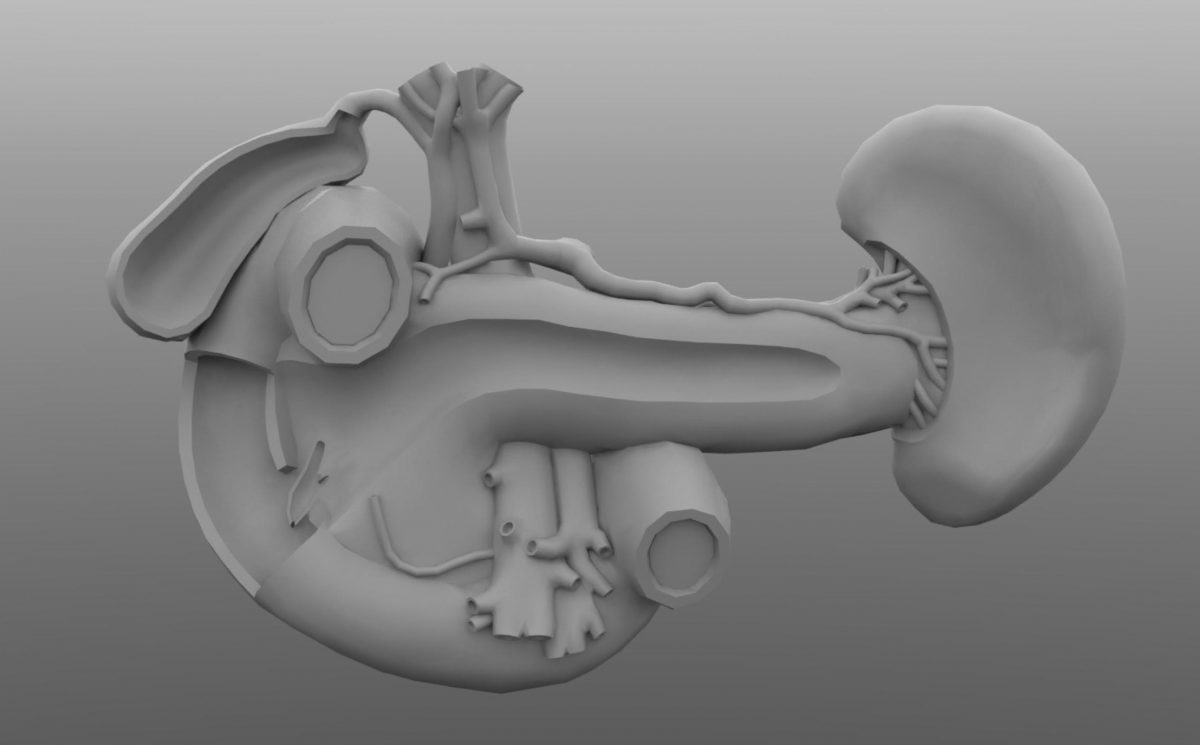
The scans have proven helpful in the online environment. “It was really more meant to have an open lab experience, but from [the students’ homes],” Sullivan said.
The scanning of models started before campus closed due to COVID-19. Sullivan said he has had an interest in this project since before the pandemic, realizing that it can be hard for students to sometimes get to campus.
“Basically, we have these models [we use in class], and I was always interested in a way to work with the models at home,” Sullivan said.
Sullivan applied for a grant from the Office of Philanthropy to fund the 3D scanning project, then reached out to Tom Cappelletti, the project director at Makerspace, after receiving the grant.
“Here I am, a new biology professor, and I just started sending emails to people saying, ‘Hey, can you guys do this?’” said Sullivan. Cappelletti responded, helped Sullivan plan the project and sent Sullivan to Perez.
“I had done some 3D scanning while working at Makerspace. So I’ve done personal experimentation with it, but this was the first time I got to really use this for something that wasn’t for me,” Perez said.
Working at Makerspace requires Perez to learn as much about the machines as possible in order to teach students how to use them.
“I’m more of a multimedia [artist] in the sense of I do 3D modeling, photography, illustration, and graphic design,” says Perez. “I’m kind of everywhere. Jack-of-all-trades would be a better description.”
Once Perez scans the physical models, they upload the scans to Sketchfab’s website. Finishing touches are then made to the scans.
”I’m hoping that once things get back to normal again, I might be able to work more on the project and scan more body parts,” said Perez.
Perez has done only four scans so far, but they hope to continue their work on the project.
According to Sullivan, biology classes will benefit from the 3D scans, even when classes resume on campus. He said that the department plans to do a faculty evaluation to see if the 3D scans were beneficial to both students and faculty.
“I just hope that things come back a little bit, and [the biology department is] able to resume the project because it’s really an exciting project,” said Perez.




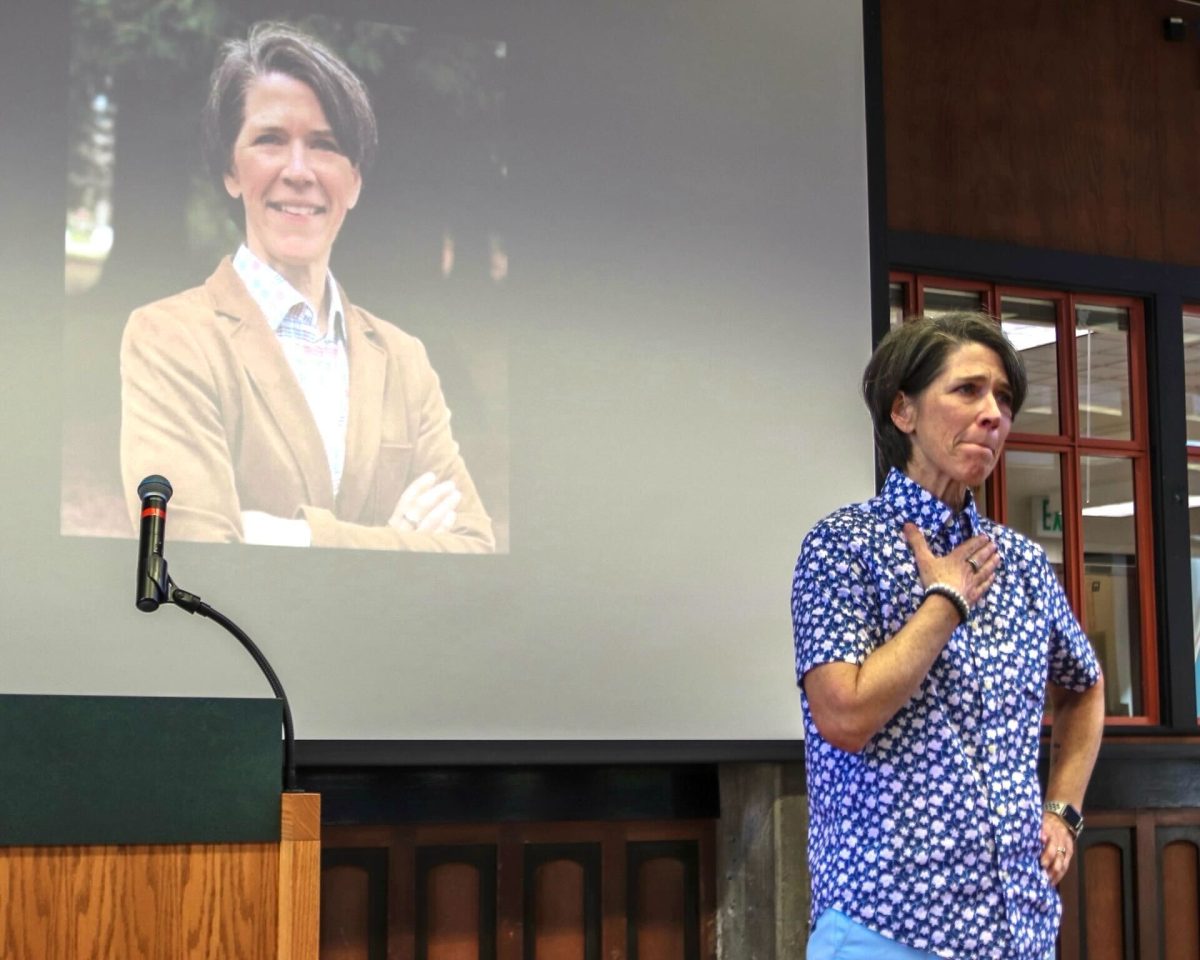
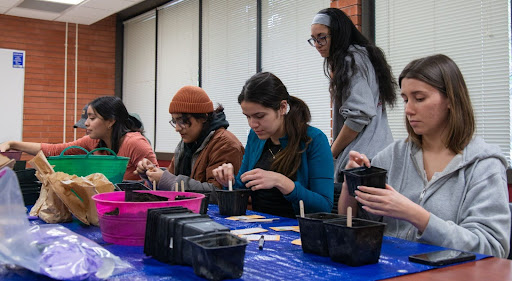
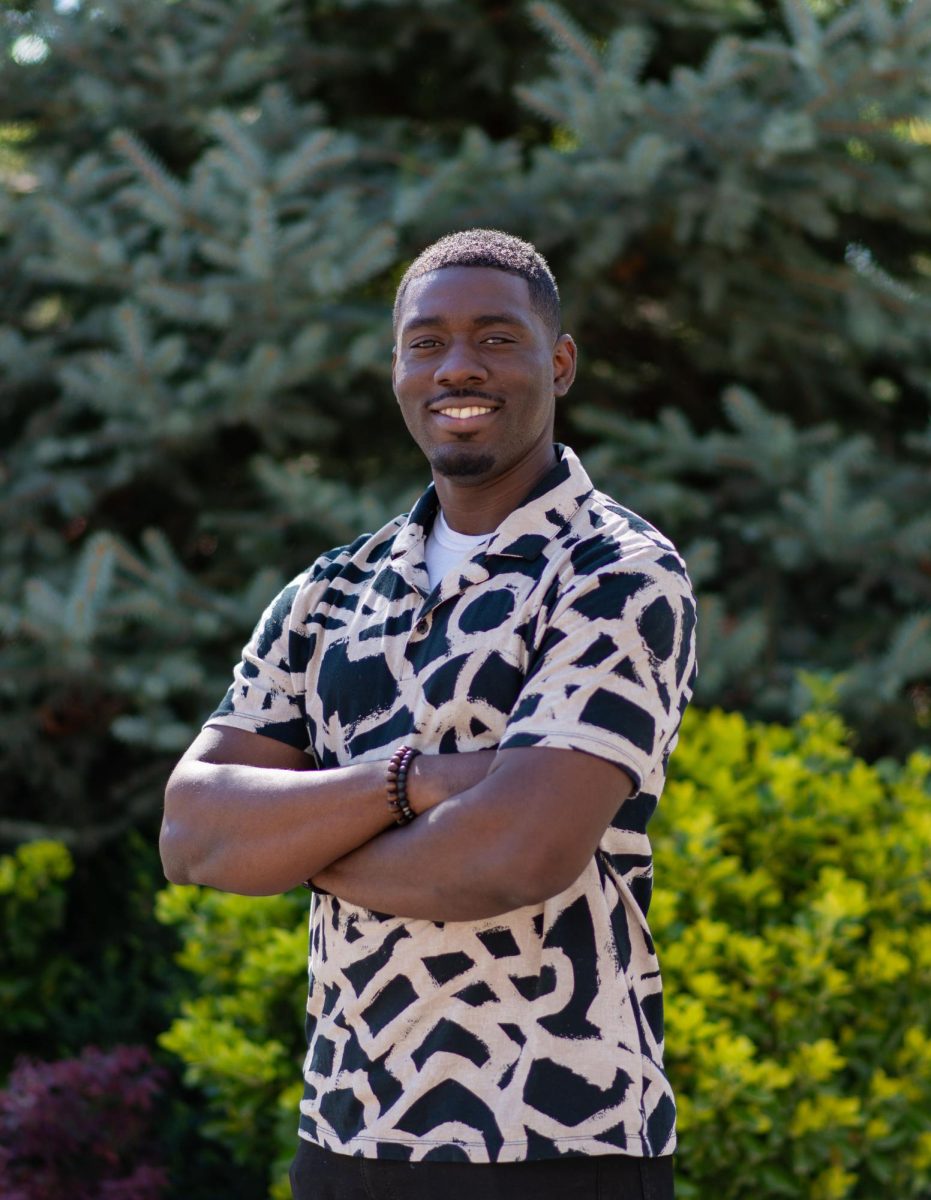


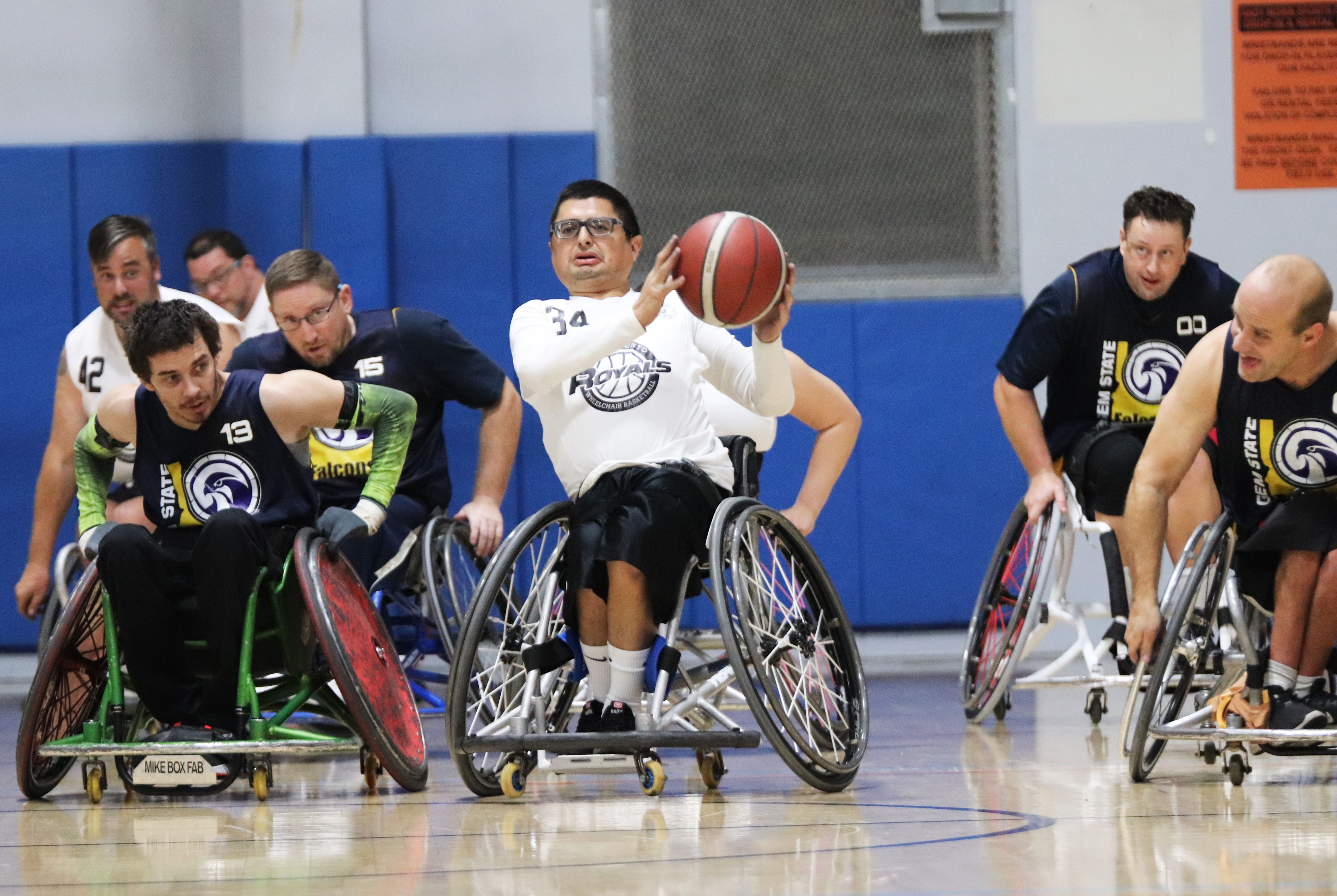
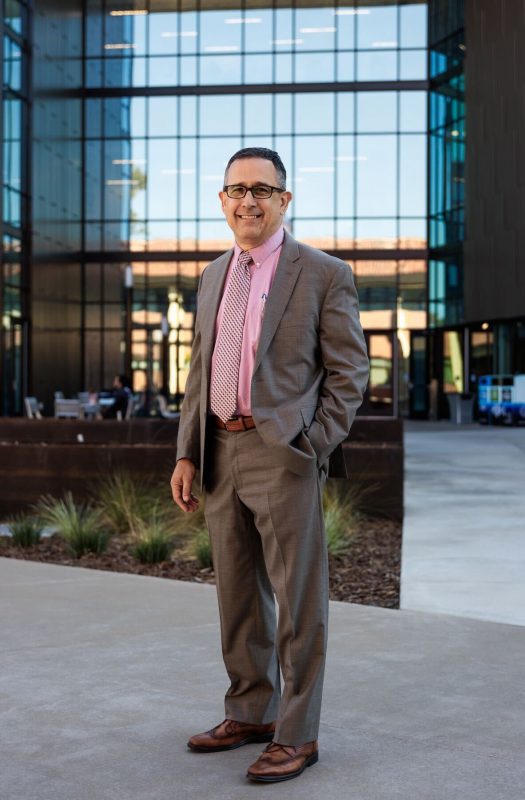
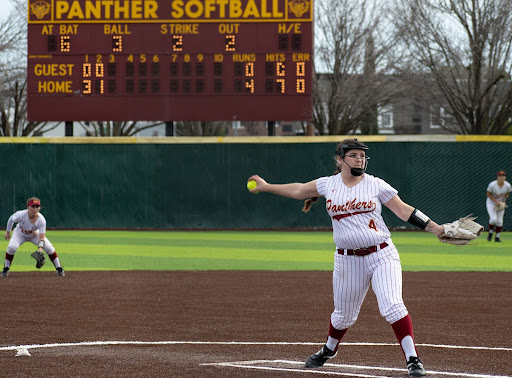
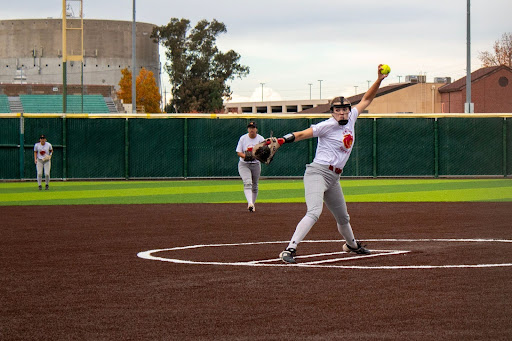

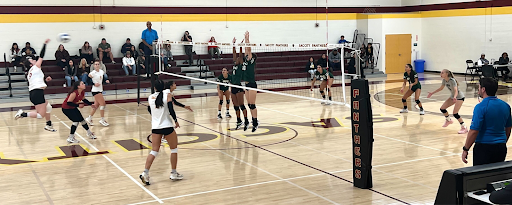

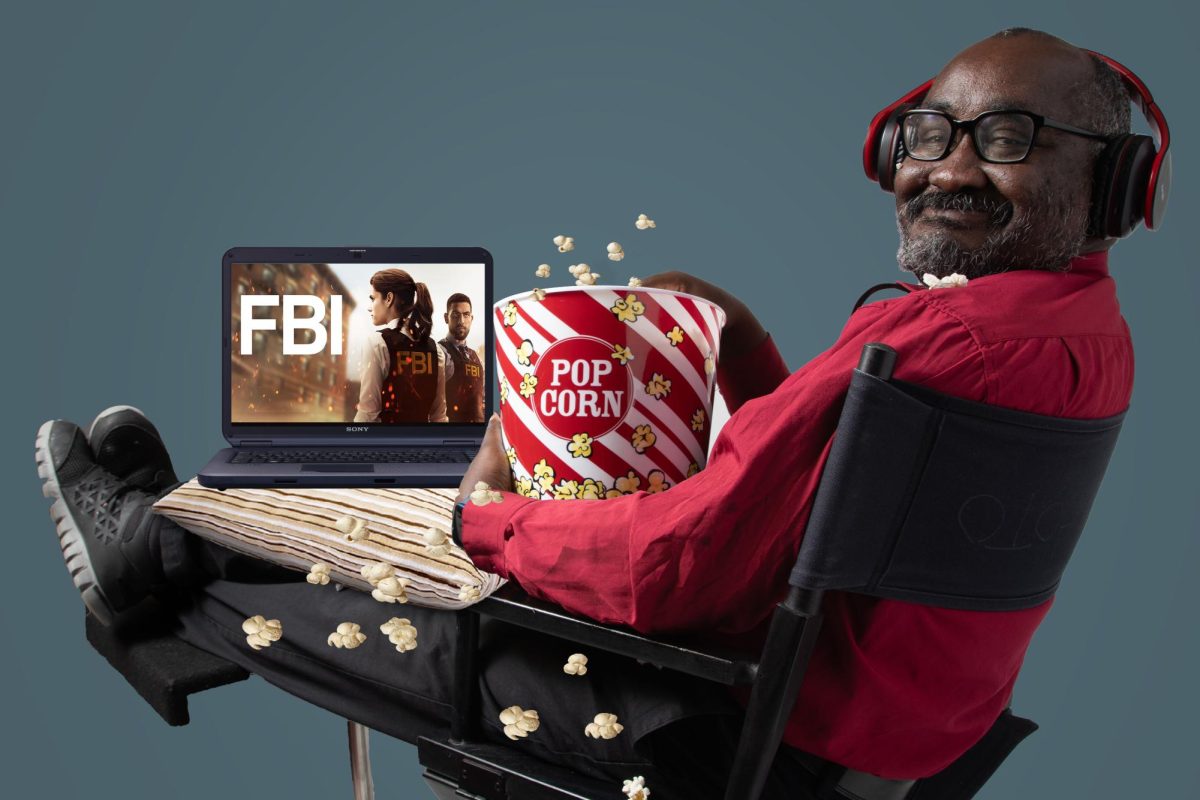
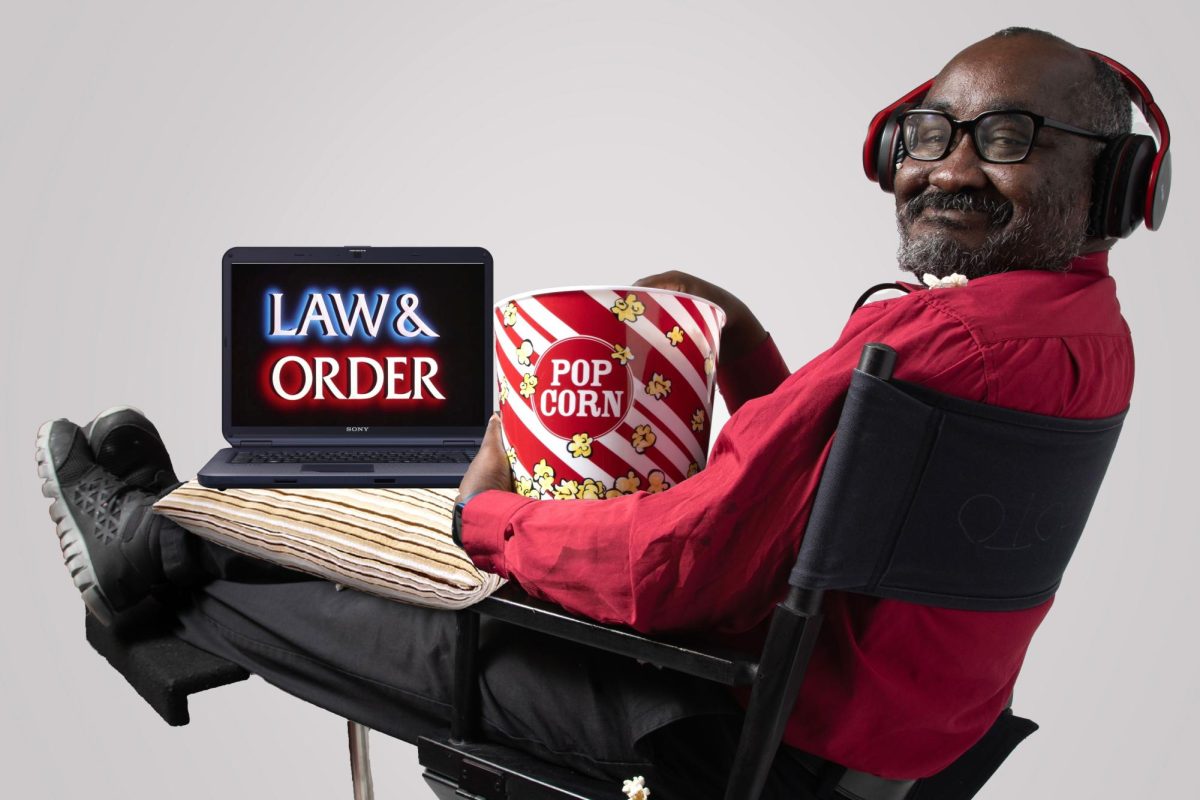
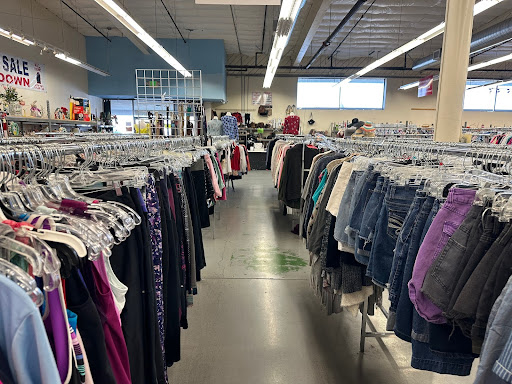



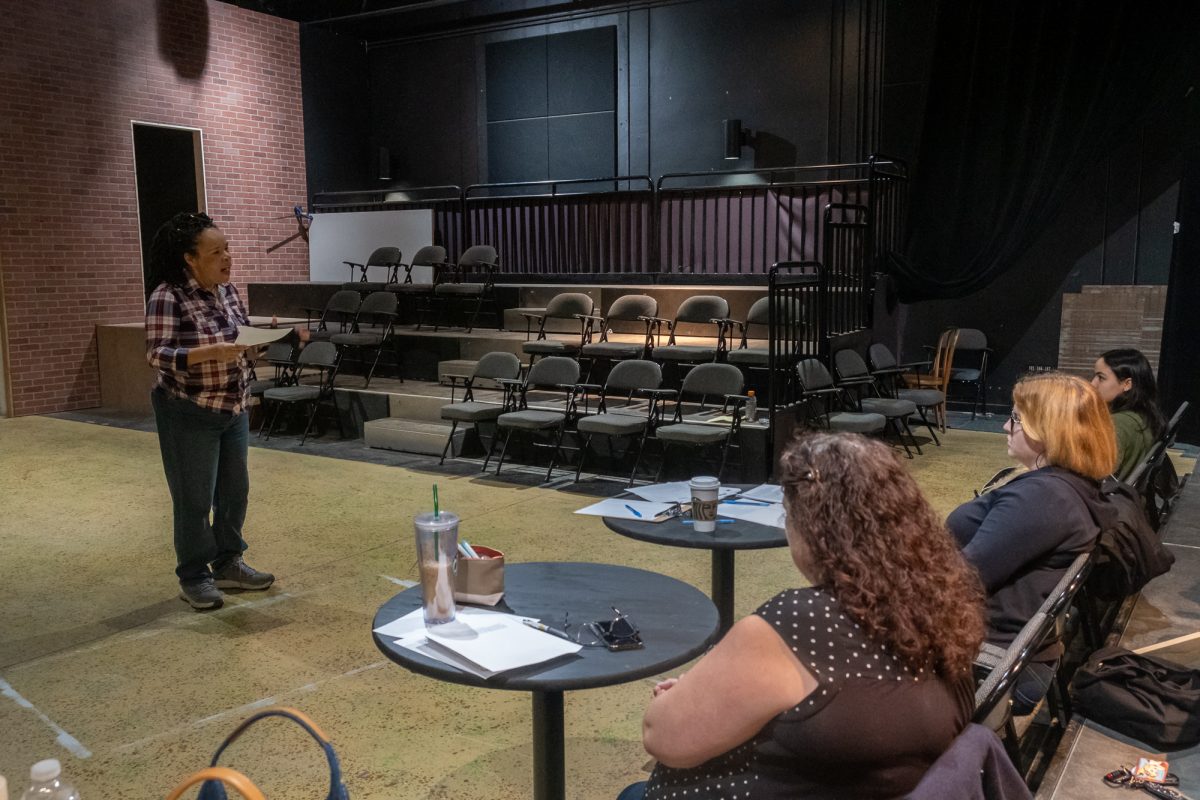
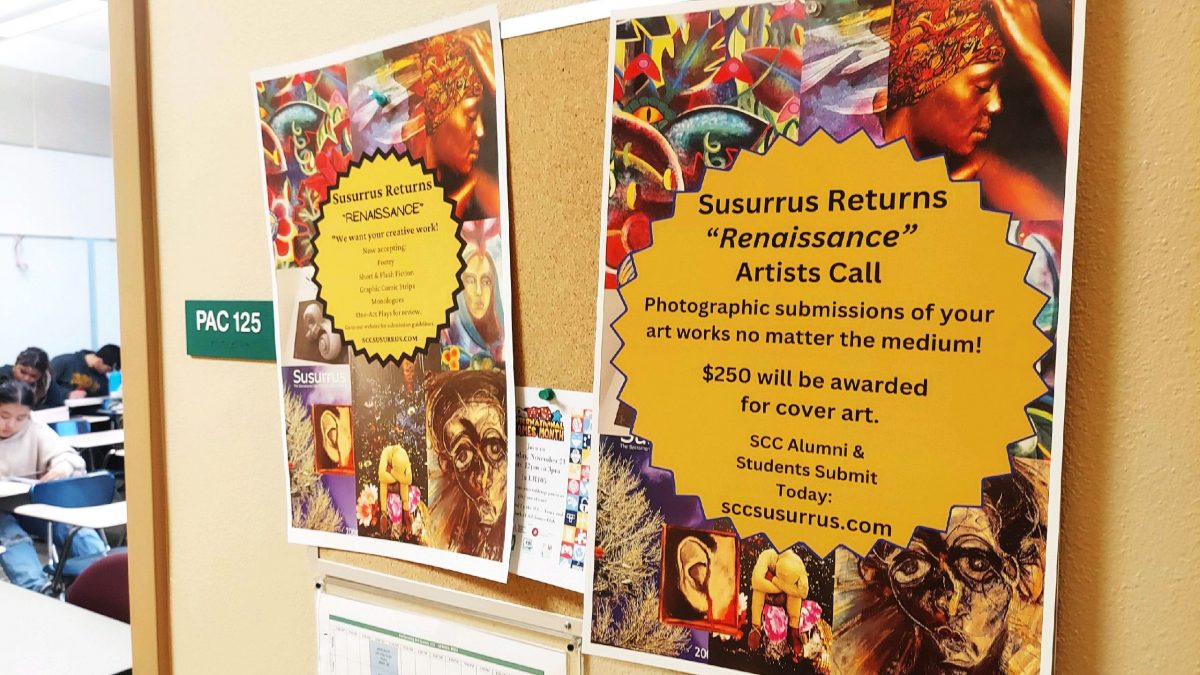




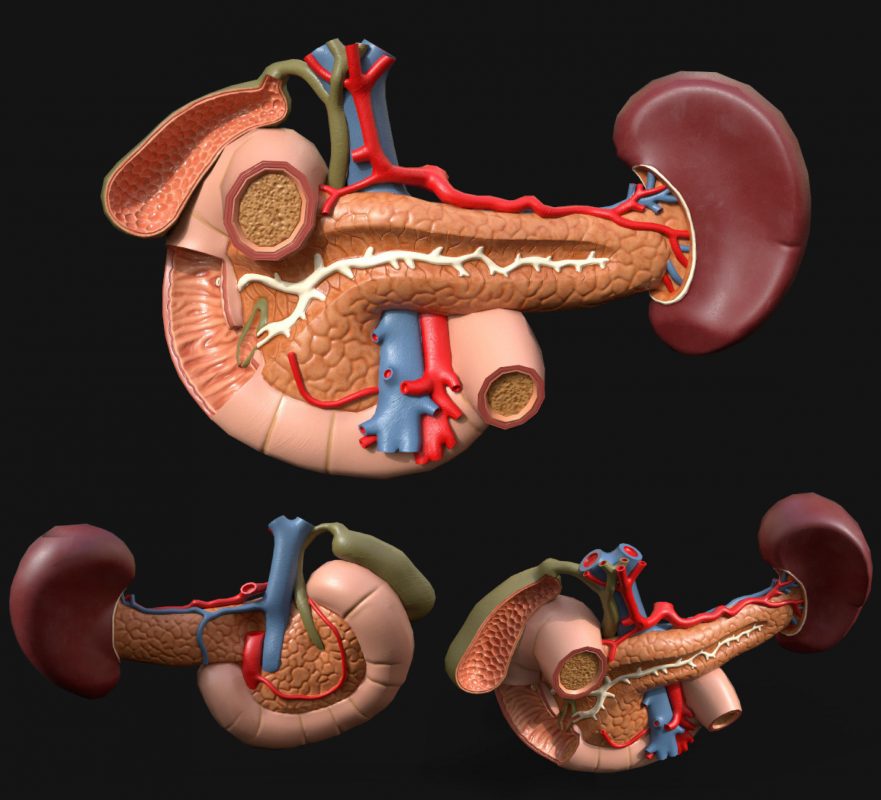
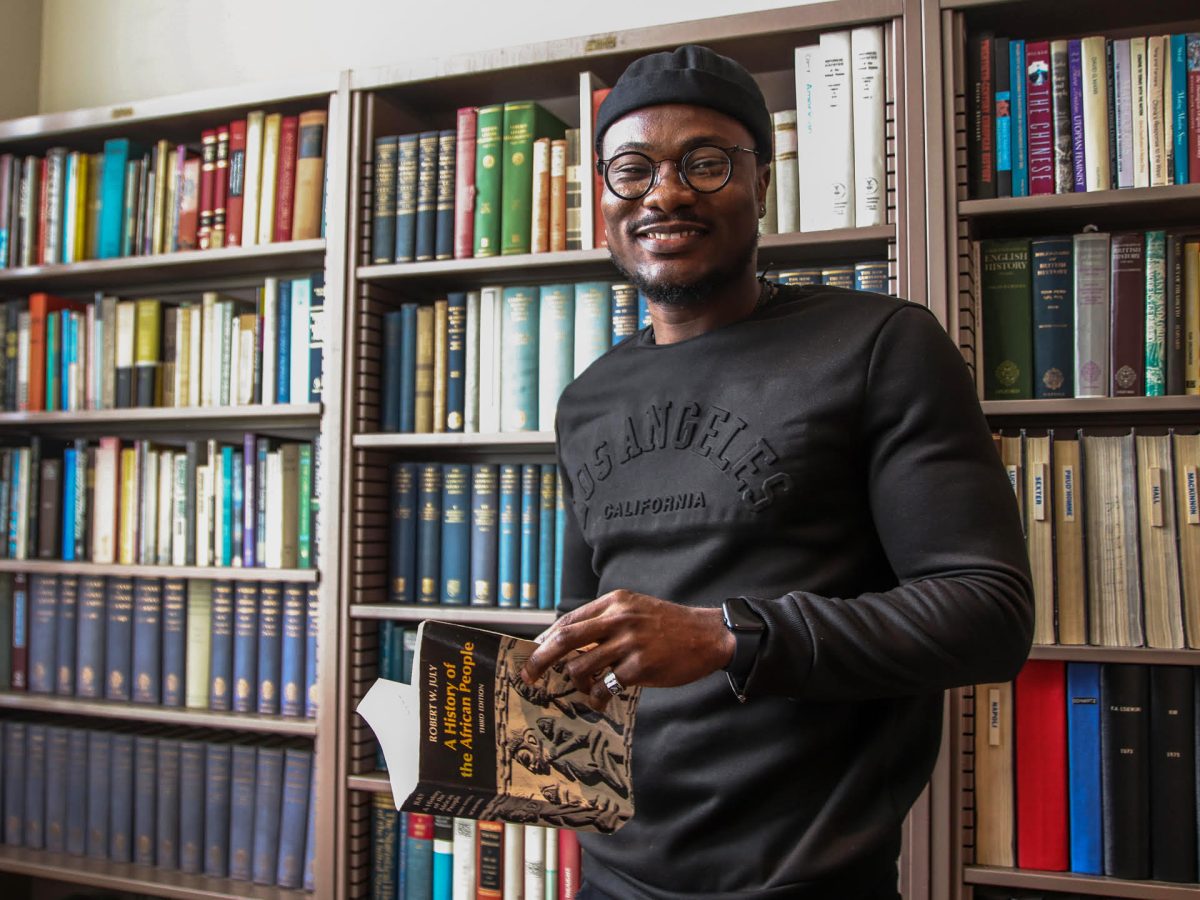
خدمات اسکن سه بعدی • Sep 4, 2022 at 10:06 pm
thanks for share Great post, helpful.